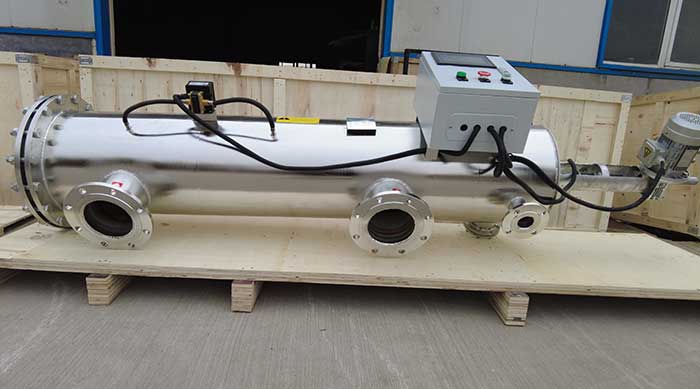The leather manufacturing industry generates significant volumes of
wastewater containing high levels of suspended solids, organic pollutants, heavy
metals, and toxic chemicals such as sulfides and chromium. Effective
pretreatment of this wastewater is critical to reduce environmental impact and
ensure compliance with discharge regulations. Among various pretreatment
technologies, Sucking self-cleaning filter have emerged as a promising solution for front-end
treatment due to their efficiency, cost-effectiveness, and adaptability to
handle complex wastewater streams.
Challenges in Leather Wastewater Treatment
High turbidity and suspended solids (e.g., hair, flesh residues, and lime sludge).
Elevated chemical oxygen demand (COD) and biological oxygen demand (BOD).
Presence of chromium (Cr³⁺/Cr⁶⁺) and sulfides from tanning processes.
Variable pH levels (often alkaline due to lime and sodium sulfide usage).
Traditional sedimentation or screening methods often fail to efficiently remove fine particles and colloidal matter, leading to downstream treatment inefficiencies. This necessitates robust front-end filtration systems.
Role of Suction Filters
Sucking self-cleaning filter, also known as vacuum filters, operate by applying negative pressure to draw wastewater through a porous medium (e.g., filter cloth, mesh, or ceramic membranes). Key advantages in leather wastewater treatment include:
Efficient Solid-Liquid Separation:
Removes 80–95% of suspended solids (SS) with particle sizes >50 μm.
Captures fine particulates and colloids that conventional screens miss.
Adaptability to High Loads:
Handles fluctuating flow rates and high solid loads common in leather processing.
Automated backwashing mechanisms prevent clogging and maintain throughput.
Reduction of Downstream Burden:
Lowers SS and turbidity before biological or chemical treatment stages.
Minimizes fouling in membrane systems or activated sludge processes.
Resource Recovery:
Collects recoverable materials for reuse in leather production.
SS reduction: From 2,500 mg/L to 300 mg/L (88% removal).
Chromium retention: 70–80% of Cr³⁺ captured in filter cake, reducing downstream chemical precipitation costs.
Operational cost savings: 30% reduction in polymer flocculant usage due to improved pretreatment.
Sucking self-cleaning filter offer a robust and scalable solution for front-end treatment of leather wastewater, addressing critical challenges in solid-liquid separation and resource recovery. Their integration enhances the overall efficiency of wastewater treatment plants while aligning with sustainable industrial practices. Future advancements in filter media and automation will further optimize their performance in the leather sector.


